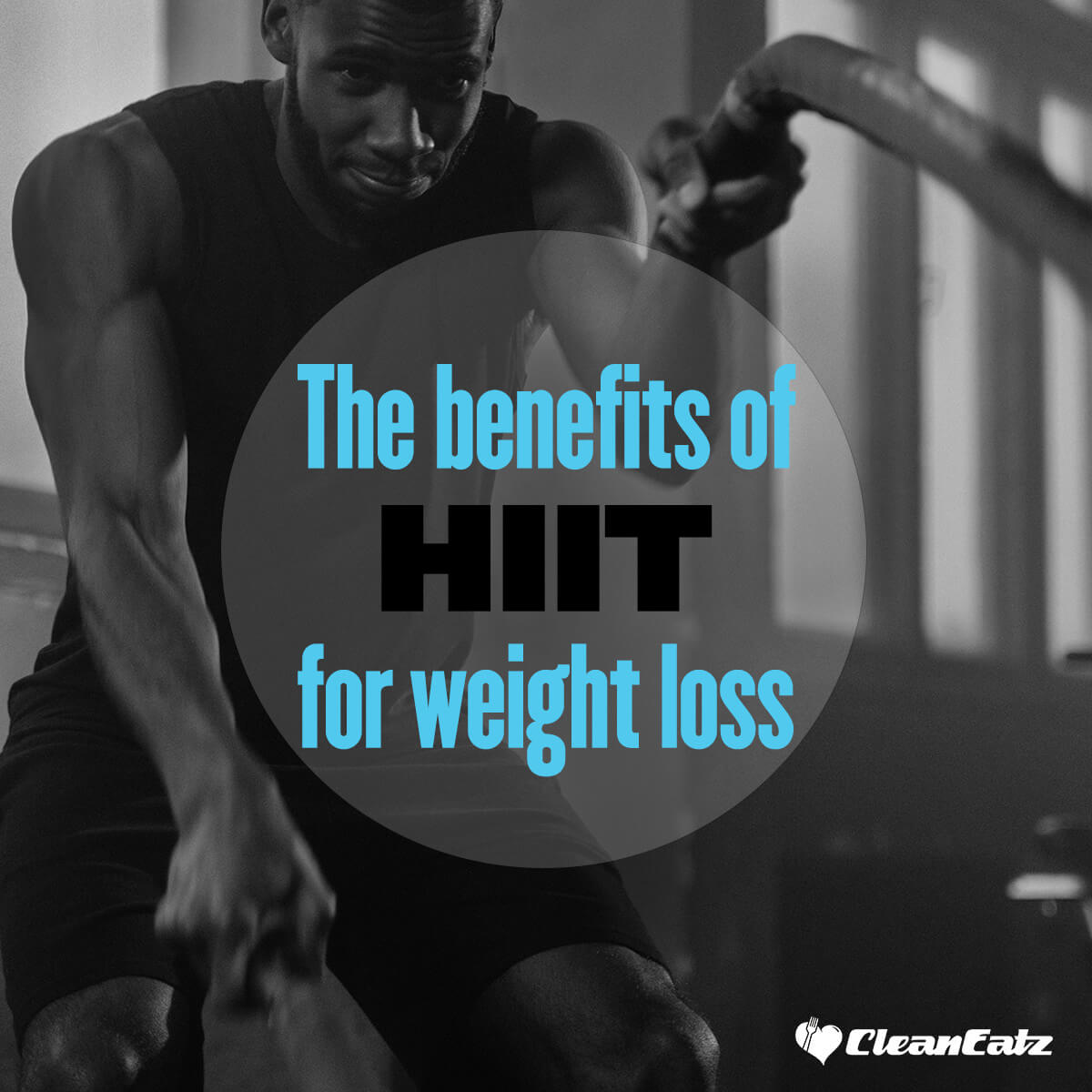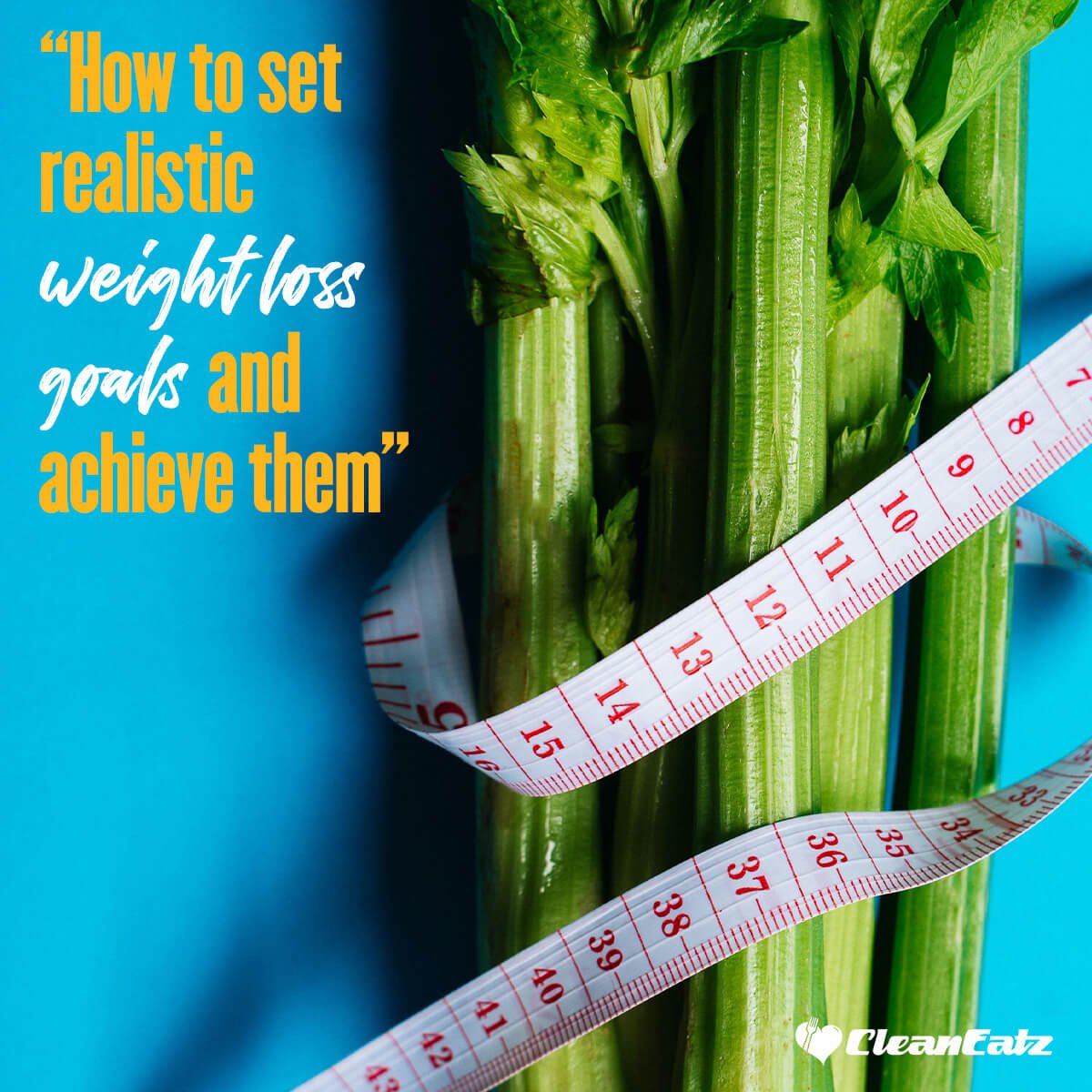
Is HIIT Good for Weight Loss And How to Get Started?
Jason Nista
Exercises & Fitness
|
Weight Loss
|
Healthy Lifestyle
9 minute read
Are you tired of the same old boring cardio routine at the gym? Want to mix things up and see some real results in your weight loss journey? Look no further than High-Intensity Interval Training, or HIIT for short. But is HIIT good for weight loss?
In this article, we'll dive into the science behind HIIT:
- What is HIIT and how does HIIT burn fat?
- Tips on getting started with HIIT
- Combining it with a weight-loss meal plan
What Is HIIT And How Does It Work?
HIIT stands for High-Intensity Interval Training, and it's a type of workout that alternates between periods of high and low-intensity exercise. The idea is to push yourself to your limits during the high-intensity intervals and then recover during the low-intensity intervals. This type of workout is great for weight loss because it increases your heart rate and burns more calories in a shorter amount of time.
HIIT workouts can be done with a variety of different exercises such as running, cycling, rowing, or even bodyweight exercises like push-ups and burpees. The key is to switch up the exercises and keep your body guessing. This is why HIIT is so fun and engaging; you'll never get bored with the same old routine.
The Science Behind HIIT and Weight Loss
Is HIIT good for weight loss? Does hiit burn fat? HIIT is a scientifically proven method for weight loss. The high-intensity intervals increase your heart rate and cause your body to burn more calories during and after the workout. This is because HIIT causes an increase in your metabolism, which means you'll burn more calories even when you're not working out.
Additionally, HIIT has been shown to increase the amount of fat your body burns during exercise. This is because when you push yourself to your limits during high-intensity intervals, your body switches to using fat as a source of fuel rather than carbohydrates. This means that you'll burn more fat and lose weight faster.
HIIT also increases the production of hormones such as Human Growth Hormone (HGH) and Testosterone which are important for muscle building and burning fat. This will not only help you lose weight but will also improve your overall fitness level.
Overall, HIIT is a fun, efficient, and effective way to burn fat and lose weight. It's a great addition to any weight loss journey, and with the right approach, you'll see results in no time!
The Benefits of HIIT for Weight Loss
If you are thinking of including HIIT in your workout routine, you will be pleased to know that it can provide you with a number of amazing benefits!
Increased calorie burn: As mentioned earlier, HIIT causes an increase in your metabolism, which means you'll burn more calories even when you're not working out.
More effective fat burning: HIIT has been shown to increase the amount of belly fat your body burns during exercise, helping you lose weight faster.
Time-efficient: HIIT workouts are shorter than traditional cardio workouts, but they are more intense, so you get more bang for your buck.
Improve cardiovascular fitness: HIIT is great for improving cardiovascular fitness and endurance, which is essential for overall health.
Build muscle: HIIT can also help to build muscle and improve overall fitness level
Keeps boredom at bay: HIIT is versatile, and you can switch up the exercises and keep your body guessing; this is why HIIT is so fun and engaging; you'll never get bored with the same old routine.
How to Get Started with HIIT
Incorporating HIIT workouts into your routine is a great way to burn fat fast. If you are ready to get started, here are some helpful tips you can try to get the most out of your HIIT workout:
Start with a warm-up: Before starting your HIIT workout, it's important to warm up to prepare your body for intense intervals. A 5-10 minute warm-up of light cardio and stretching is a good place to start.
Set your intervals: The ratio of high-intensity to low-intensity intervals can vary, but a good starting point is 30 seconds of high-intensity followed by 30 seconds of low-intensity. As you get more comfortable with HIIT, you can increase the duration of the high-intensity intervals.
Choose your exercises: HIIT can be done with a variety of exercises such as running, cycling, rowing, or even bodyweight exercises like push-ups and burpees. The key is to switch up the exercises and keep your body guessing.
Listen to your body: HIIT is intense, so it's important to listen to your body and not push yourself too hard. Start with shorter intervals and gradually increase the duration and intensity as your fitness level improves.
Incorporate it into your routine: Incorporate HIIT into your workout routine at least 2-3 times a week and combine it with strength training and healthy eating for the best results.
Have fun: Remember that HIIT is a fun and engaging way to burn fat and lose weight by exercising, so enjoy the process!
Common Mistakes to Avoid When Doing HIIT
As with any type of exercise, making mistakes can hinder your progress and may even lead to injury. Here is a detailed list of some of the most common mistakes that people encounter while doing a HIIT workout and how you can avoid them:
Not warming up properly: A proper warm-up is essential to prepare your body for the intense intervals of HIIT. Skipping the warm-up can lead to injury and make it harder to push yourself during the workout.
Pushing yourself too hard: HIIT is intense, but it's essential to listen to your body and not push yourself too hard. Start with shorter intervals and gradually increase the duration and intensity as your fitness level improves.
Not switching up your routine: HIIT is most effective when you switch up the exercises and keep your body guessing. Doing the same routine every time can lead to boredom and a plateau in your progress.
Not incorporating strength training: HIIT is great for weight loss, but it's important to also incorporate strength training for overall fitness and health.
Not recovering properly: HIIT is intense, and it's important to give your body time to recover between workouts. Make sure to get enough rest and recovery time between HIIT sessions.
Tips for making HIIT fun and enjoyable:
No matter what type of workout routine you choose, you should make sure that you have fun doing it. The more enjoyable your workout is, the more likely you will be to keep coming back to it day after day, and therefore the better your overall results will be! Here are some helpful tips that will help make your HIIT workouts fun:
Work out with a friend: Having a workout buddy can make HIIT more fun and motivating.
Mix up your routine: Try different types of HIIT workouts, such as cycling, running, or bodyweight exercises, to keep things interesting.
Set goals: Set specific, measurable, and achievable goals for your HIIT workouts and track your progress.
Listen to music: Listening to music can help you stay motivated and push through intense intervals.
Reward yourself: Reward yourself for reaching your goals; it could be a new workout gear or a healthy treat.
Why HIIT Is The Perfect Addition to Your Weight Loss Journey
So, is HIIT good for weight loss? HIIT is a scientifically proven method for weight loss that is fun, efficient, and effective. It increases your heart rate, burns more calories in a shorter amount of time, and increases the amount of fat your body burns during exercise. Additionally, HIIT improves cardiovascular fitness, builds muscle, and keeps boredom at bay.
You'll see results in no time by incorporating HIIT into your workout routine. The key is to listen to your body, switch up your routine and have fun with it. Remember, weight loss is not just about the number on the scale but also about overall health and fitness. HIIT is the perfect addition to your weight loss journey and will help you slay your goals and see real results.
Final Thoughts
In conclusion, is HIIT good for weight loss? HIIT is a fantastic addition to your weight loss journey. It is a scientifically proven method that combines intense intervals with recovery periods to increase your heart rate, burn more calories, and promote fat burning. HIIT is versatile, enjoyable, and time-efficient, making it a great alternative to traditional cardio workouts. By incorporating HIIT into your routine, you can improve cardiovascular fitness, build muscle, and keep boredom at bay. Remember to start with a warm-up, set appropriate intervals, switch up exercises, listen to your body, and combine HIIT with strength training and a healthy meal plan for optimal results. With dedication and consistency, you'll be well on your way to achieving your weight loss goals and enjoying a fitter, healthier lifestyle.
FAQ
What type of HIIT is best for weight loss?
The best type of HIIT for weight loss is one that includes a combination of high-intensity exercises that engage different muscle groups. It's important to vary the exercises to challenge your body and keep it guessing. Examples include HIIT workouts that involve sprinting, cycling, jumping jacks, burpees, and high knees.
Is 20 minutes of HIIT effective?
Yes, 20 minutes of HIIT can be highly effective for weight loss. HIIT workouts are designed to be intense and efficient, allowing you to burn a significant amount of calories and fat in a shorter amount of time. However, it's important to push yourself during those 20 minutes and maintain a high level of intensity throughout the workout.
Can you burn 1,000 calories with HIIT?
It is possible to burn 1,000 calories with HIIT (High-Intensity Interval Training), but it largely depends on various factors such as your body weight, intensity of the workout, and duration of the session. HIIT is known for its ability to burn calories efficiently in a short period by alternating between high-intensity exercises and short recovery periods. While it can be an effective way to burn calories, reaching the 1,000-calorie mark may require longer workouts or higher intensity levels for most individuals.
How fast do you see results with HIIT?
The speed at which you see results from HIIT can vary based on several factors, including your starting fitness level, frequency of training, intensity of workouts, and overall lifestyle habits. Many people begin to notice improvements in cardiovascular fitness, endurance, and energy levels within a few weeks of consistent HIIT workouts. As for physical changes such as weight loss, muscle tone, and body composition, they may take a bit longer, typically within 4 to 8 weeks of regular HIIT training. Remember that individual results may vary, and it's important to maintain a balanced diet and other healthy lifestyle habits to optimize your progress.
Related Articles
Understanding the Role of Creatine in Weight Loss
7 minute read
A Guide to Realistic Weight Loss Goals
11 minute read



